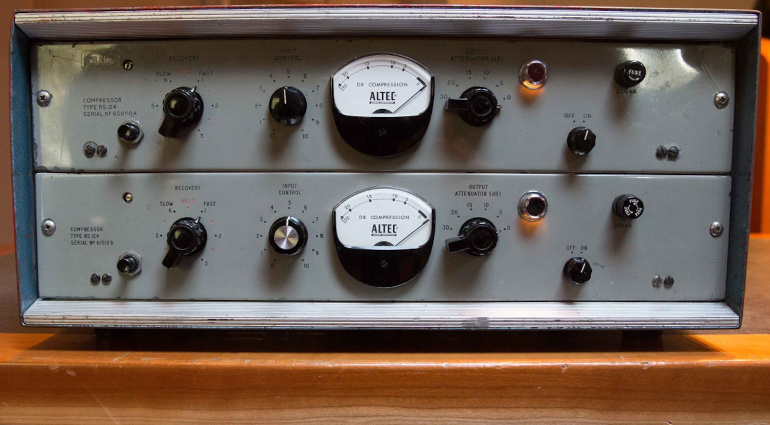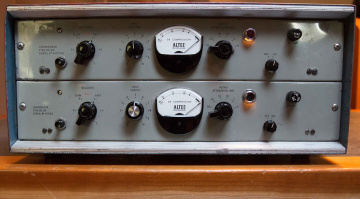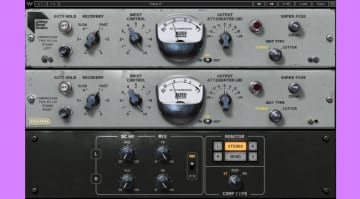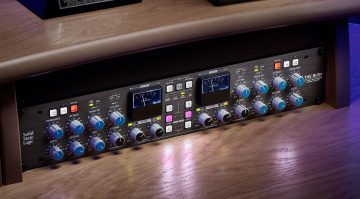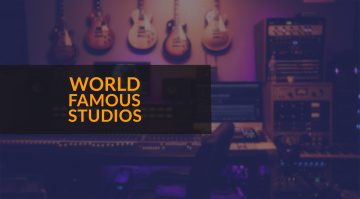Altec RS124: The Beatles’ Compressor
The Altec RS124 is more than just a piece of classic gear; it’s a part of recording history and a key aspect of the sound of The Beatles.
In this Article:
The Altec RS124
One of the superpowers that EMI always had was the ability to invent, build, and modify recording equipment for use at its primary recording facility, Abbey Road Studios. When the company acquired several Altec 436B compressors in the late 1950s, the technical department found the simple American broadcast compressors ill-suited for studio use.
The 436B was a vari-mu compressor with only one knob that controlled the gain of the preamp stage, and although it sounded amazing, it was limited in its application. This is why a team at EMI, made up of Bill Livy, Len Page, and Mike Batchelor, started tinkering with these units, swapping out tubes, resistors, and capacitors, and adding crucial functionality like recovery (attack and release times) and output gain.
And so, the RS124 was born in the early 1960s, a versatile studio beast that would be used by the likes of Sir George Martin and Geoff Emerick in the creation of some of the most iconic Beatles recordings. Loved for its character and tone, the RS124 found its way into almost every avenue of the record production process, including tracking, tape summing, mix bus processing, and vinyl cutting. Altec did, in fact, later create a version of the 436C with variable release time and threshold, but it still doesn’t have the same status as the EMI-modified RS124.
Using the Altec RS124
Before we dive into specific applications, it’s important to understand some of the essential characteristics of the RS124 and why it was favoured for certain roles in the studio. As a vari-mu tube compressor, the RS124 naturally introduces levels of saturation and transient shaping depending on the type of signal material and how hard the circuit is driven.
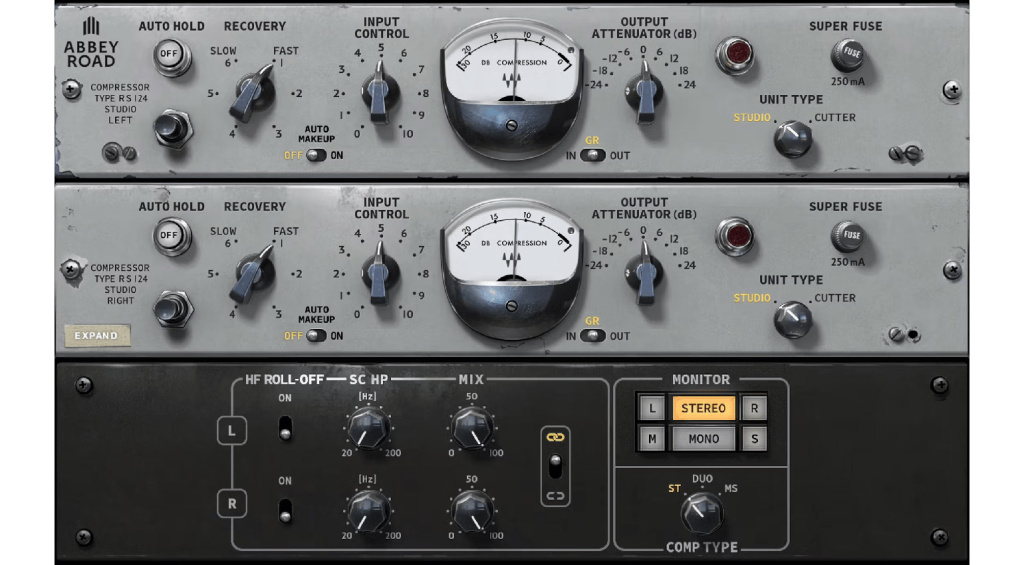
What’s more, the threshold and ratio are input-dependent, so increasing the input gain will result in more compression and also more harmonic distortion and tone colour being introduced. Originally, there were different versions of the RS124 created for tracking (with faster attack times) and bus processing (with slower attack times).
The compressor’s behaviour was adjusted with six predetermined Recovery settings, so keep this in mind when using a plugin or hardware recreation of the RS124. If you’re trying to achieve a 1960s sound, remember that they used tape machines in the recording process, so be sure to add a saturation or tape simulator.

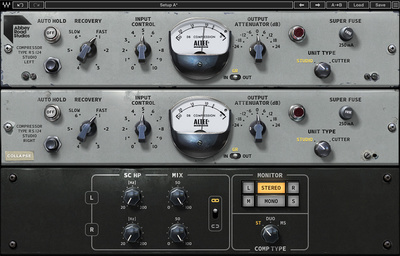
Altec RS124: John Lennon’s Vocals
It’s widely known that, like many other famous recording artists, John Lennon didn’t particularly like the sound of his voice without effects. With the RS124, Abbey Road engineers were able to capture a far more cohesive and present sound, with Lennon’s voice retaining its unmistakable vulnerability while being pushed to the front of the mix.
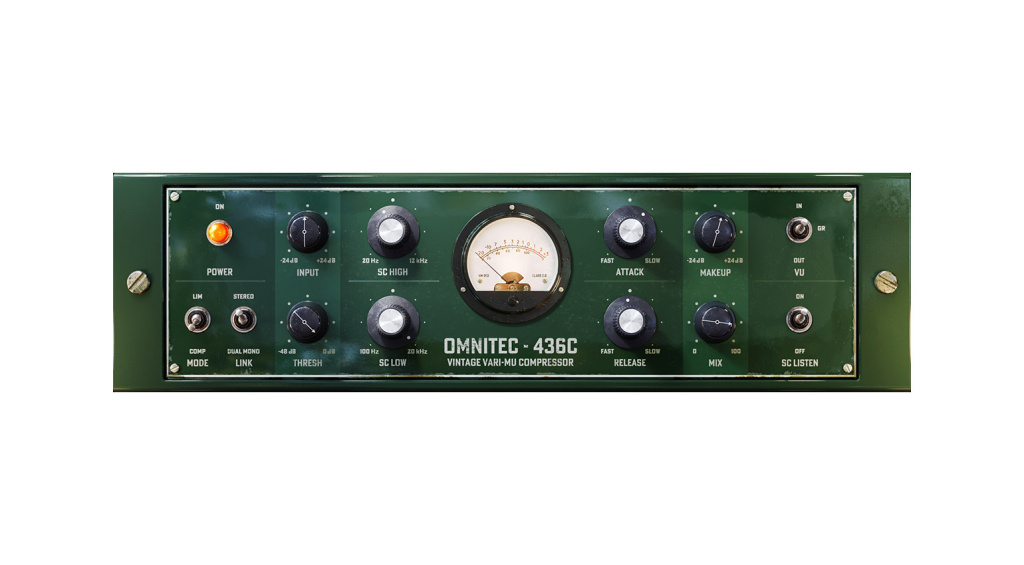
Before compressing the vocal, try rolling off some of the low-end with a shelving EQ. This way, the compressor reacts more accurately, smoothing the inconsistencies in the dynamics and uneven transients. Then use a medium recovery time setting (3-4), and push the gain so you’re getting between five and seven dB of gain reduction.
Now, you should have a good balance of character and tone, without overdoing the compression. For the finishing touch, experiment with a doubler or a slapback delay to give the vocal that iconic Lennon sound we know from songs like A Day In The Life.

Altec RS124: The McCartney Bass
Paul McCartney’s legendary Hofner and Rickenbacker basslines are an intrinsic part of The Beatles’ sound. This was due, in part, to his melodic playing style, which reaches up the scale more adventurously rather than simply sticking to the root notes of each chord. Achieving a cohesive sound is slightly more challenging, but the RS124 proved equal to the task, as we can hear in songs like Rain from the legendary Revolver album.
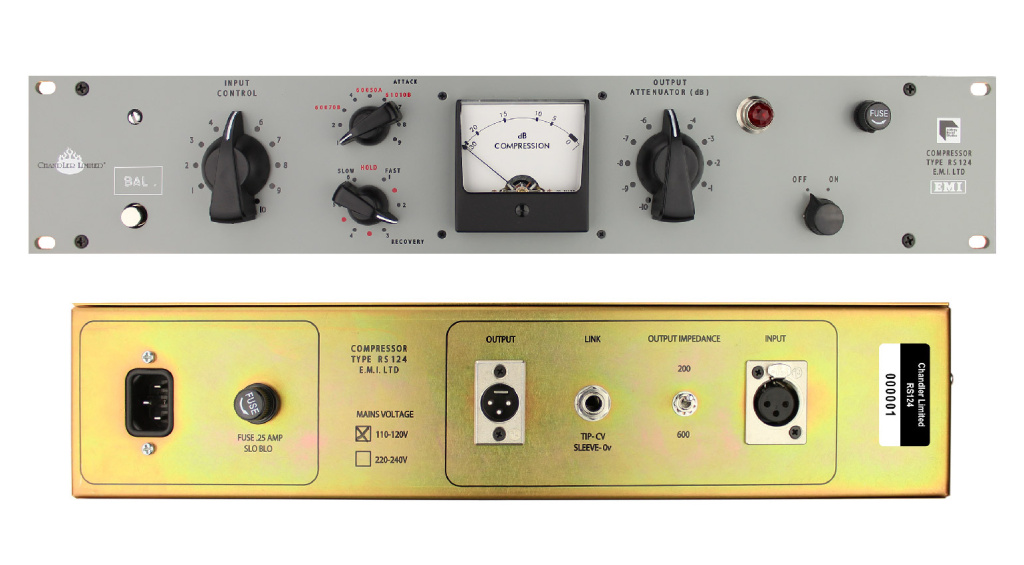
Naturally, hitting different notes on a bass guitar like this produces a wide dynamic range, because the notes vary in volume even when played at a uniform level. To get that beautifully sustaining McCartney sound, we want to push the gain for around four to six dB of reduction with a slow recovery setting (5-6).
Meanwhile, you can also drive the input slightly harder to increase the amount of saturation taking place. Getting a bass tone that rings sweetly in the mix also means that no guitars or drums are infringing on the critical frequency range where the bassist is playing. Be sure to use relatively new strings, and roll off the lows of other instruments to create a pocket for the bass accordingly.

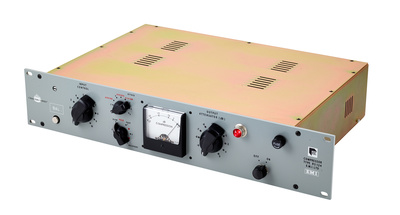
Altec RS124: Ringo’s Drums
The tape loop created from Ringo Starr’s drums on Tomorrow Never Knows is arguably the most famous drum loop of all time, but how was the sound created? If you listen closely, there is a massive amount of compression happening that serves a specific purpose. The natural reverb is seamlessly melded to the drum hits, while soft nuances of the groove are far more apparent.
What’s even more impressive is that the compressor is breathing in time with the mesmeric drone of the sitar, which contributes the the hypnotic, swirling character of the song. To get this sound, we need to use a fast recovery setting (1-2) and push the input gain severely so we can really hear the RS124 working overtime.
Once you’ve decided on the right recovery setting, you can either back off the input gain for a more natural sound or use the compressor in parallel and balance the wet and dry signals until you get the sound you’re after. Always remember to create the sound within the context of your own mix, rather than trying to replicate The Beatles completely.
Altec RS124: The Abbey Road Mix Bus
The RS124 was a crucial step in the chain between the famous REDD console and the magical Studer J37 4-track tape machine. This glued all the instruments in the mix together to create the beautifully textured and tonally colourful Beatles’ sound we know and love. Here, the key is to be a little more subtle with the compression, because we don’t want to completely homogenize the individual elements.
To do this, you’ll need a stereo-linked pair of RS124 compressors inserted on your mix bus, which is far more affordable to do in your DAW. Then, select a slow recovery time setting (5-6) and only push the gain until you’re getting around two or three dB of reduction. Make sure you bypass the compressor, so you can hear exactly what it’s doing to the mix when you reactivate it.
Overall, the compressor shouldn’t be pumping the mix, but rather just smoothing over any rough edges like transients that jump out every now and again. Also, if you’ve mic’d up your instruments nicely in a great-sounding room or used your reverb well, you should be smiling at this point.
More about the Altec RS124:
*Note: This article contains promotional links that help us fund our site. Don’t worry: the price for you always stays the same! We will receive a small commission if you buy something through these links. We appreciate your support!


 5,0 / 5,0 |
5,0 / 5,0 | 